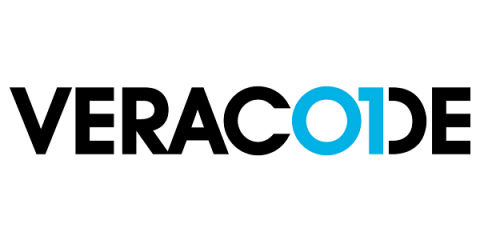What We've Learned About Reducing Open-source Risk Since Log4j
I share a birthday with the Log4j event. However, unlike this event, I’ve been around for more than one year. On December 9th, 2021, a Tweet exposed a zero-day vulnerability in Log4j, a widely-used piece of open-source software. The announcement made headlines everywhere, and cybersecurity was suddenly put in the spotlight. It was a wake-up call for many because, in an instant, software that had been considered secure was suddenly at tremendous risk.



